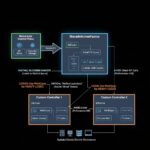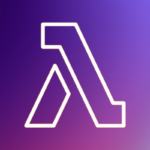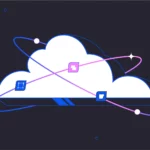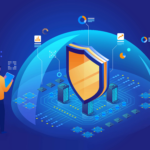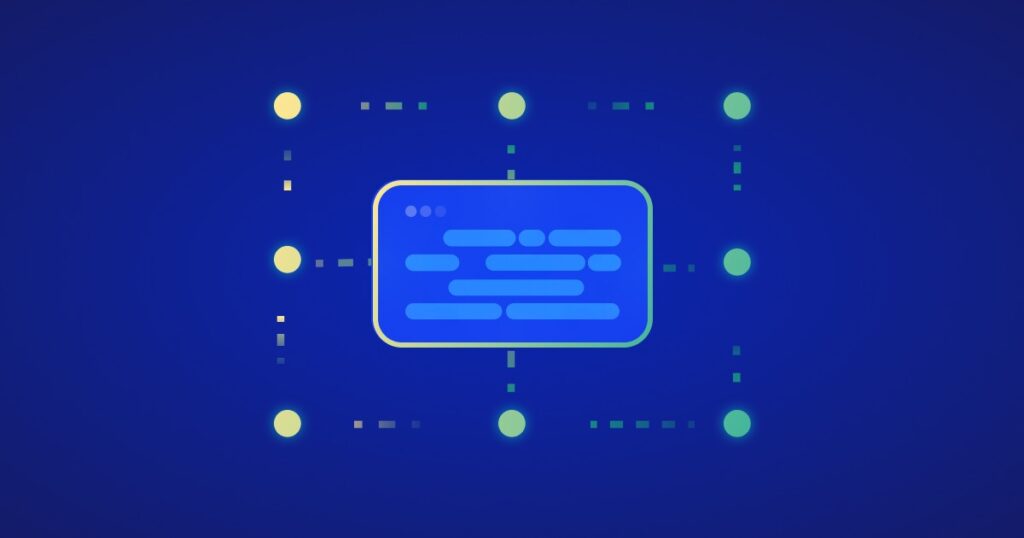
CI/CD Security: A Refresher
Continuous Integration and Continuous Delivery (CI/CD) have become the backbone of modern software development, enabling rapid, reliable, and consistent delivery of software products. However, with the increasing reliance on CI/CD pipelines, securing them has become non-negotiable. A compromised pipeline can lead to the deployment of vulnerable applications, causing significant damage to organizations and their users. This refresher provides a solid foundation for understanding CI/CD security, with overviews of key components at risk, the shared responsibility model, and the challenges faced in CI/CD security.
Components at Risk
In a CI/CD pipeline, several components are susceptible to attacks:
- Source-Code Repositories: Where the application code is stored and managed.
- Build Servers and Workers: Where the code is compiled into executable artifacts.
- Artifact Repositories: Where the build artifacts are stored for deployment.
- Deployment Environments: Where the application is deployed and runs.
Each of these components requires specific security measures to prevent unauthorized access and tampering.
The Shared Responsibility Model
The shared responsibility model is a foundational security framework in cloud computing, delineating security responsibilities between cloud service providers and users. In the context of CI/CD, providers are tasked with securing the underlying infrastructure and services, while users (particularly development teams) must secure their code, configurations, and data. Adhering to this model is crucial for maintaining the integrity and security of the CI/CD pipeline.
Challenges in CI/CD Security
Securing CI/CD pipelines involves addressing several formidable challenges:
- Complexity: The diverse and interconnected components of CI/CD pipelines make them complex to secure.
- Speed: The rapid pace of CI/CD can sometimes outstrip security controls, leading to vulnerabilities.
- Automation: While automation is a strength of CI/CD, it can also be a weakness if security checks are not automated as well.
- Access Control: Managing access to various pipeline components can prove difficult, especially when granting access to large teams.
- Secrets Sprawl: CI/CD solutions often house a plethora of secrets, and subpar access controls can lead to secrets leakage.
- Supply-Chain Security with SaaS CI/CD Tools: Dependence on third-party tools and services can expose organizations to risks if these tools are compromised or suffer vulnerabilities.
CI/CD Pipeline Security Best Practices
To bolster your CI/CD pipeline against evolving threats, consider the following best practices:
- Automate Security Scans: Integrate tools like SonarQube or Checkmarx into your CI/CD pipeline for real-time vulnerability detection and developer notifications.
- Manage Secrets Effectively: Use secrets management tools like HashiCorp Vault or AWS Secrets Manager to keep sensitive data protected and access controlled.
- Implement Immutable Infrastructure: Utilize containerization tools like Docker and orchestration platforms like Kubernetes to achieve consistent and secure deployments.
- Regularly Update and Patch: Set up automated update checks and implement a patch-management strategy to secure your CI/CD pipeline against known vulnerabilities.
- Role-Based Access Control (RBAC): Define clear roles and responsibilities, and configure RBAC settings in CI/CD tools to grant users the minimum necessary access.
- Monitor and Alert: Integrate advanced monitoring tools and set up real-time alerts for suspicious activities or anomalies.
Going Beyond the Basics
Securing CI/CD pipelines is an ongoing process that requires continuous education, regular security audits, and staying informed about the latest security trends and vulnerabilities. By implementing these best practices and continuously improving your security posture, you can ensure the resilience and security of your CI/CD pipeline.
In this article, we discussed various tools and strategies for securing CI/CD pipelines. To learn more about advanced features like container and Kubernetes security and IaC scanning, schedule a Wiz demo. Secure your workloads from build-time to run-time and see why Wiz is a preferred cloud security platform for both security and DevOps teams.
Reference to the Article : Wiz
Follow us for more Updates




